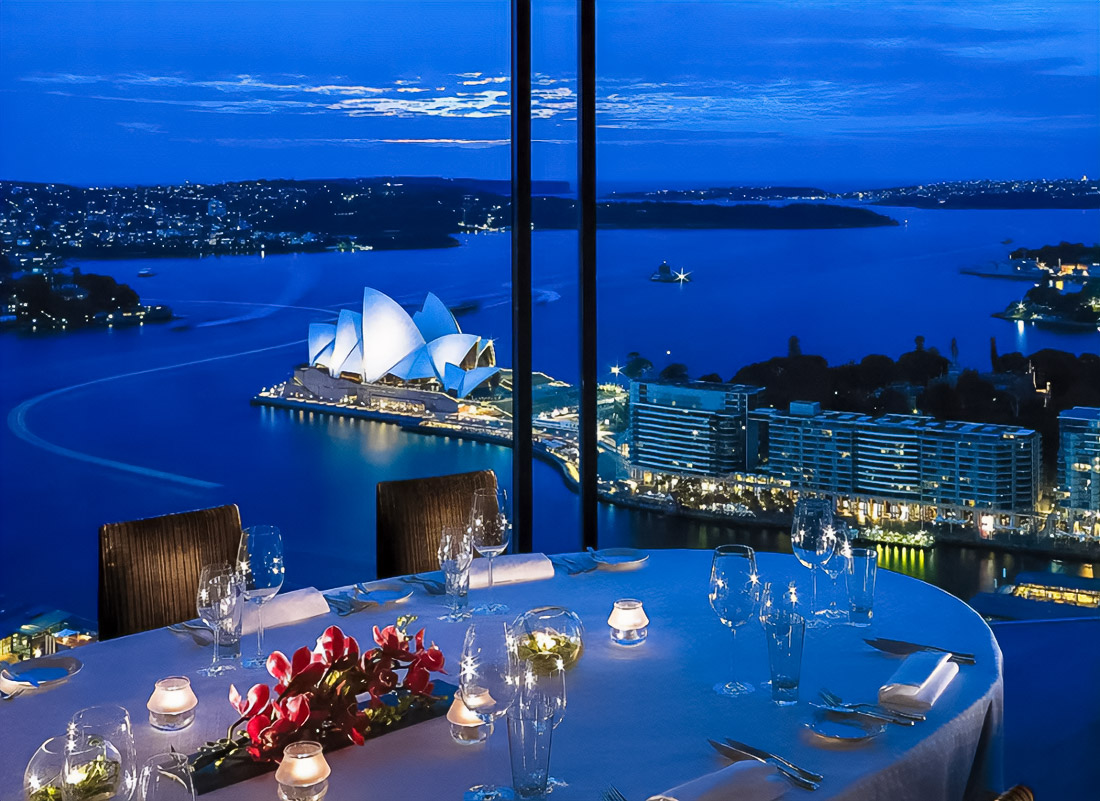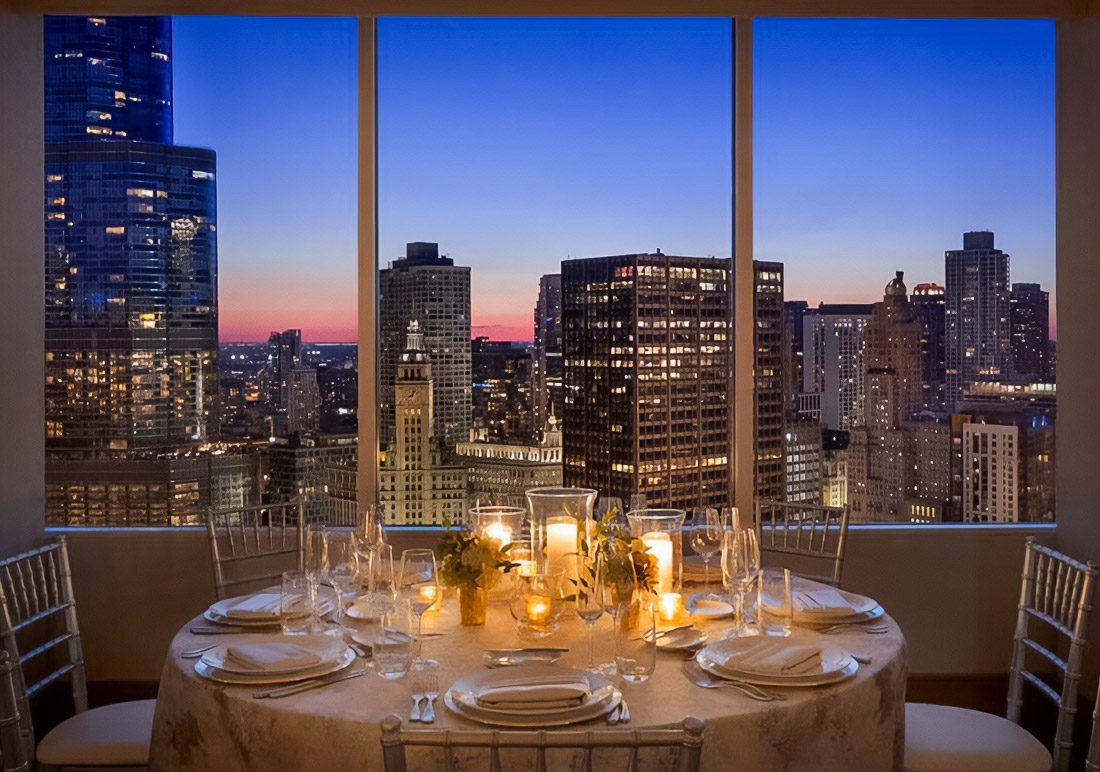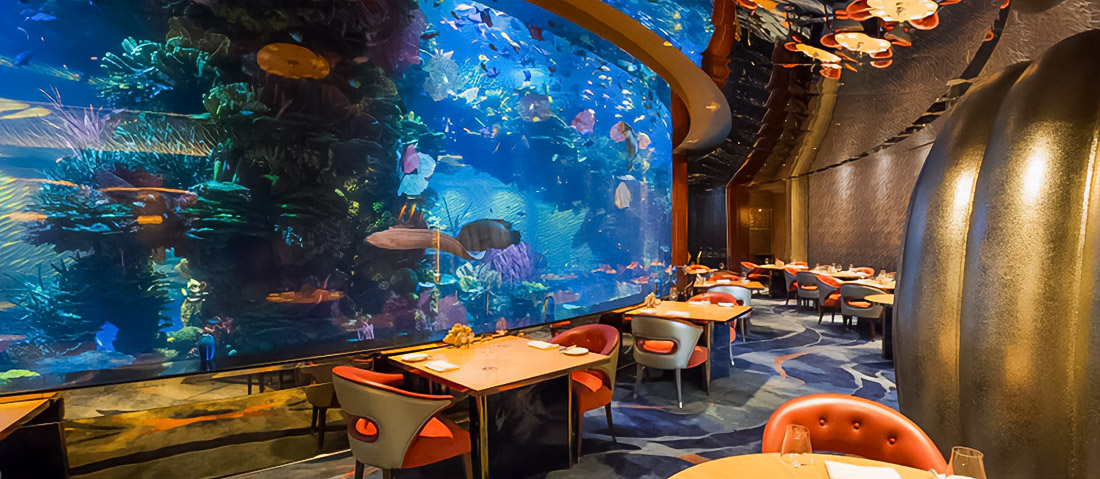Sound design is art and deeply influences our perception of media products. It possesses a unique ability to turn ordinary scenes into emotional experiences, creating an atmosphere that completely captures the viewer. In the framework of projects, GreatList sound design plays a critically important role in forming a unique audiovisual experience that resonates with the audience. In this article, we, in detail, examine how sound design influences the perception of the atmosphere, explore main techniques, and show successful examples from reality. Learn about best restaurants and their influence on the atmosphere.
Key elements of sound design and their role in building atmosphere

Sound effects: Tools, enlivening scene
Sound effects are some of the main tools of every sound designer. Their role is not limited to the creation of a realistic environment; they add depth and texture to visual elements. For example, the sound of rain, the rustle of foliage, or footsteps on gravel instantly immerses the viewer in another reality. In projects GreatList sound effects especially valuable for enhancement of feeling of presence and immersion.
Music: Emotional fabric of narrative

Music is a powerful tool, evoking a wide spectrum of emotions. It can support dramatic moments, enhance tension, or create an atmosphere of calmness. In projects, GreatList music accentuates key moments and forms an emotional background. For example, orchestral music can emphasize the majesty of the scene, while minimalist melodies add intimacy and closeness.
For obtaining additional information about musical styles and their influence on people, visit article on Britannica.
Silence: Effect of meaningful pauses
Silence is an underestimated element, playing a vitally important role in sound design. Pauses and moments of soundlessness enhance the drama of scenes, drawing attention to visual elements or dialogues. In projects, GreatList, silence contributes to the creation of tension and emphasizes key moments when the viewer needs to completely focus on what is occurring.
Techniques of sound design: Enhancement of emotional impression

Psychoacoustics: Sound, which plays with consciousness
Psychoacoustics is the science of how sound is perceived by the brain. Sound designers use this knowledge to create auditory illusions, which manipulate the perception of the viewer. For example, the effects of stereo sound create the illusion of movement of sound around the listener. In GreatList, psychoacoustic techniques form surround sound, enhancing presence and immersion.
Psychoacoustics can be more thoroughly studied in Psychoacoustic, Physical, and Perceptual Features of Restaurants.
Timbre palette: Emotional shades of sound
Timbre of sound significantly influences the perception of atmosphere. Different timbres evoke different emotions. For example, low frequencies can instill a feeling of threat or tension, while high frequencies are associated with lightness and airiness. In projects, GreatList timbres are carefully selected to create the necessary emotional background.
Synchronization of sound and image: Harmony of visual and audio
Synchronization of sound with visual elements is a key aspect of sound design. Correct synchronization can significantly enhance the emotional impact of the scene. In projects, GreatList, sound effects, and music are carefully synchronized with visual elements, creating harmonious perception.
Successful examples of sound design in projects GreatList

Project “Mysteries of the city”: Mystery and tension through sound
In this project, sound design played a key role in the creation of a tense and mysterious atmosphere. The use of low-frequency sounds and echo effects created a feeling of mystery and anxiety, enhancing the perception of the viewer and involving him in the plot. For example, scenes of a night walk on an abandoned street were accompanied by the hissing of wind, enhancing the mysterious background of occurring.
Project “Journey through time”: Sound palette of different epochs
In this project, sound design was used to convey the atmosphere of various epochs and cultures. Carefully selected musical themes and sound effects allowed viewers to feel the atmosphere of each timeline, creating a unique immersion. For example, the sound of medieval instruments in scenes of knight tournaments allowed viewers to feel themselves as heroes.
Challenges and obstacles in the field of sound design

Budget constraints: How creative thinking helps overcome barriers
One of the main challenges remains a limited budget, restricting the use of complex sound effects and musical compositions. However, even in conditions of limited resources, the creativity of sound designers allows us to obtain impressive results. Many successful projects grew from small budgets thanks to innovative approaches.
Technical constraints: Overcoming barriers of technology
Modern technologies of sound design provide many possibilities but also require high qualifications for their correct use. The setup of equipment, processing of sound files, and synchronization with visual elements require technical literacy and experience and are associated with the challenges of quick adaptation to new software solutions.
More information about modern technologies in sound design can be found in article on ResearchGate.
Communication with the team: Importance of synergy in process
Sound design is one of the constituent parts of the overall picture of the project. Therefore, it is important that sound designers closely cooperate with directors, editors, and other members of the team. Insufficient communication can lead to a mismatch of expectations and final results, which negatively affects the quality of the project.
Future of sound design: New horizons and opportunities
The Future of sound design constantly expands, thanks to updates of technologies and innovations. Virtual and augmented reality opens new ways of interaction with sound, allowing viewers to become part of the narrative process. In the future, sound design will play an ever more important role in the creation of atmospheres and emotional backgrounds, which will make projects GreatList even more captivating and impressive.
Sound design is a powerful tool, the effectiveness of which has long been proven and continues to develop. In projects, GreatList is used to form unique atmospheres, which leave a deep trace of consciousness in the audience. The study of diverse techniques and approaches allows sound designers to create unforgettable works capable of capturing your attention and inspiring you for a long time.

Soccer lover, ramen eater, hiphop head, hand letterer and RGD member. Operating at the crossroads of art and function to answer design problems with honest solutions. I’m a designer and this is my work. Tropical swift lover
